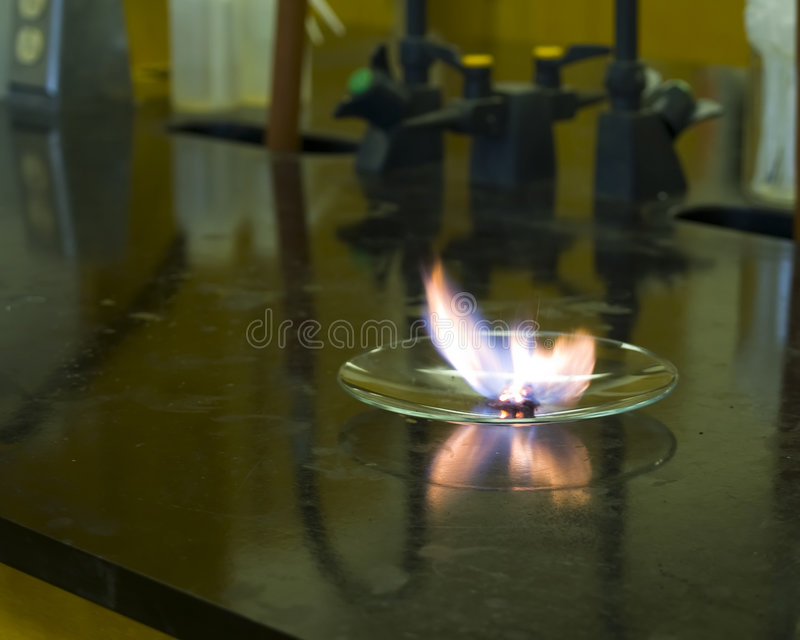Exothermic reaction is the chemical reaction which releases energy in the form of heat energy to the bodies which surround it.
When a chemical reaction happens, energy moves to or from a body’s environment, causing a change in the temperature in its environment.
In everyday life, it is common to occur exothermic reactions that generate temperature changes in different places naturally occur or cause. These temperature changes can be measured using a thermometer.
The word “exothermic” comes from the words “exo” which means “to go out” and “thermos” which means temperature. That is why exothermic reactions are those reactions which release heat to the outside.
Opposite these reactions is endothermic, which absorbs energy (BBC, 2014).
Energy becomes evident in several ways, like heat, light, sound, or electricity. Energy is normally obtained when the bonds between the molecules of the materials are broken, because most of the energy contained in the material is found in these bonds. When a reaction breaks these bonds, it releases the energy they contain and generates an exothermic reaction.
Read Also: Limiting Reactant In A Chemical Reaction And Its Identification
Exothermic reaction examples
Exothermic reactions are always accompanied by an increase in temperature, mainly by sparks, flames, smoke or sound.
Most common examples of such exothermic reaction include:
1 – Steel chip + vinegar: This mixture works as a slow combustion form where the steel undergoes an oxidation process thanks to the action of the vinegar.
2 – Explosive Rubber Bears: Gummy bears are rich in sucrose (sugar), a substance which when mixed with potassium chlorate at high temperature produces a violent explosion and movement of gummy bears.
3 – Laundry detergent + water: On dissolving the detergent laundry soap in water, an exothermic reaction occurs. This is one very simple example of an exothermic reaction which is observed at our home.
4 – Burning wood: Like the combustion of paraffin, the combustion of wood produces an exothermic reaction in that the product resulting from this reaction manifests itself in the form of heat and temperature.
5 – “Dog Barking”: This reaction bears this name because it emits a sound similar to that of the dog.
This reaction took place in a laboratory test tube where nitrous oxide and nitric oxide and carbon sulfide are mixed.
6 – Soda + Vinegar: This mixture produces an exothermic reaction which generates large amounts of foam. Hence, it is commonly used to resemble the explosion of a volcano.
7 – Lighting a match: lightning a match is an exothermic reaction that produces both light and heat during the decomposition of chemicals with oxygen..
8 – Sodium acetate: Sodium acetate is often called hot ice. This material starts from the crystallization of frozen solutions which give off heat, although the reaction mixture becomes cold. Releasing heat outside makes the reaction exothermic.
Due to the appearance of ice, crystallized sodium acetate is a common material which is used for making hand warmers.
9 – Respiration: During the process of respiration, it produces heat energy inside the cells during gas exchange . So respiration is an exothermic reaction. In this reaction glucose and oxygen are converted into carbon dioxide and heat is released.
10 – Glass bottle + alcohol: As for the reaction generated by the experiment mentioned above, it consists in rubbing a glass bottle with alcohol so as to produce a flame.
11 – Gas combustion process: Usually combustion processes are exothermic processes. Like combustion of methane and ethane gas.
12 – Ice water: During this process, water releases energy in the form of heat. Therefore, when ice cubes are frozen, an exothermic reaction occurs.
13 – Corrosion of metals: Pure metals, that is to say in their natural state when they come into contact with air, produce an oxidation reaction associated with the generation of heat. We therefore say that this process is exothermic.
Read Also: Law of mass action: Definition, Equations & Applications



